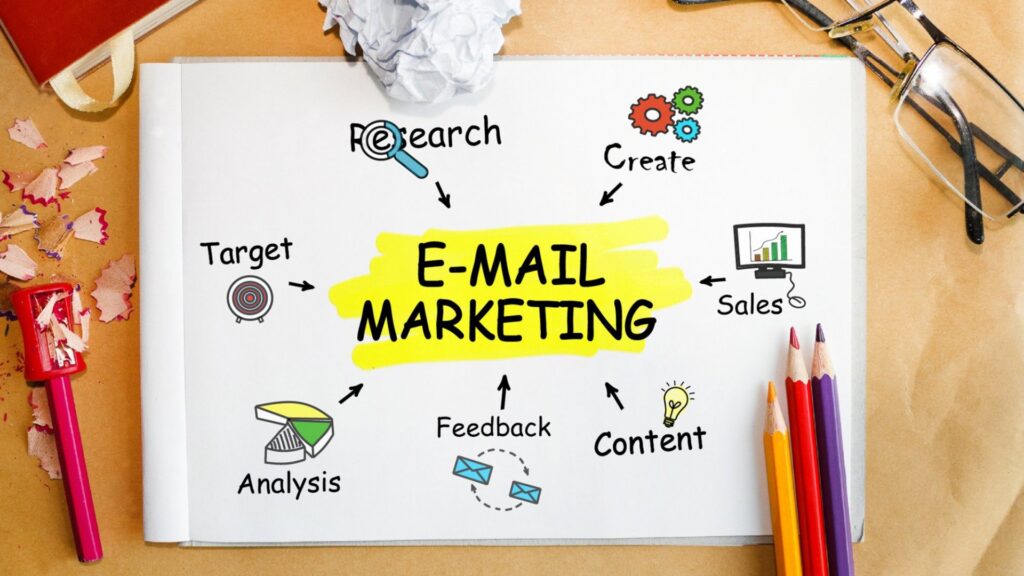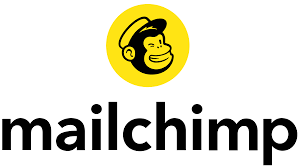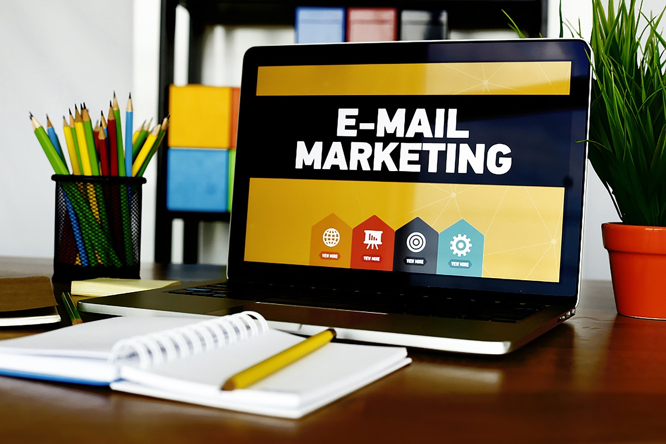Email marketing remains one of the most powerful and cost-effective ways to connect with your audience, drive engagement, and boost sales. To make the most out of your email campaigns, you need the right tools at your disposal. In this blog, we’ll dive into the top email marketing tools that can help you create, automate, and optimize your email campaigns for maximum impact.

Providing Assistance with Marketing to an Existing Subscriber List

- Mailchimp: Mailchimp is a household name in the email marketing realm, and for good reason. It offers a user-friendly interface that caters to both beginners and experienced marketers. With its drag-and-drop email builder, customizable templates, and robust automation features, Mailchimp makes it easy to create visually appealing and engaging email campaigns. The platform also provides detailed analytics to help you track the performance of your emails and make data-driven decisions.
Pros
- Free-forever plan (up to 500 contacts)
- Easy to build and customize campaigns
- Clear reporting that helps optimize future sends
- Integrates with hundreds of software platforms
Cons
- Pricey for larger contact lists (more than 150k subscribers)
- Very limited phone support
- Not designed for advanced marketing teams
Up to 500 contacts and 2,500 email sends per month are included in Mailchimp’s free plan.
Pricing: Mailchimp Marketing Plans, Mailchimp.
With drag-and-drop tools that let you style your emails, it has one of the simplest platforms to learn.
There are three premium options in addition to the free one, and the price depends on how many subscribers you have.

2. Constant Contact: Constant Contact is another popular choice, particularly for small businesses and non-profit organizations. It offers a wide range of professionally designed templates that are easy to customize. What sets Constant Contact apart is its built-in social media tools, allowing you to extend the reach of your email campaigns. The platform also provides list segmentation, A/B testing, and event management features to enhance your marketing efforts.

3. HubSpot: HubSpot’s email marketing tool is part of its comprehensive marketing automation suite. While HubSpot offers a range of marketing tools, its email features are particularly robust. You can create personalized email workflows, segment your audience based on behavior and interests, and even integrate your email efforts with other marketing activities, like social media and lead management. HubSpot’s analytics provide in-depth insights into your email performance, helping you refine your strategies over time.
Pros
- Complete marketing package with capabilities for email marketing, social media, blogging, and CRM
- Keep deliverability rates on track with the aid of the email health tab
- Pay for only the contacts you are contacting with marketing
- Track prospects’ purchasing cycles
- Training tools that can be found online
Cons
- Has neither a free-for-ever nor a cheap plan.
- Not for companies that are only interested in email marketing tools
- A separate CRM, such as Salesforce or Pipedrive, is challenging to integrate
- A steep learning curve is required to fully realise the marketing potential
Leader in CRM services, including email marketing, is Hubspot. It is the best platform for an all-in-one marketing solution because it can manage everything, including emails, social network posts, and blog publishing.
After the 14-day free trial, you must sign up for one of their three paid programmes. The number of contacts you email can exceed the specified number without incurring additional costs, even though the storage of an unlimited number of contacts is free. If you pay annually, you can save 10% on the first two plans.
Hubspot centralises all of your marketing endeavours so you can see how contacts engage with your website, Google AdWords, social media, and email marketing. It gives business owners insights into the buying process, enabling them to more successfully customise their marketing initiatives. The platform comes with a rigorous training system that not only goes over how to utilise the programme but also emphasises the best ways to run profitable marketing campaigns.

4. ConvertKit: ConvertKit is designed with content creators, bloggers, and online entrepreneurs in mind. It emphasizes simplicity and automation, allowing you to easily set up automated email sequences based on subscriber actions. With its “visual automation builder,” you can map out intricate email workflows without the need for complex coding. ConvertKit’s subscriber-centric approach lets you tag and segment subscribers based on their preferences, ensuring highly targeted and relevant communication.

5. SendinBlue: SendinBlue is a versatile email marketing tool that caters to businesses of all sizes. It offers an intuitive email editor, transactional email capabilities, SMS marketing, and marketing automation. The platform’s AI-powered algorithms can suggest the best time to send emails for maximum engagement. SendinBlue also provides advanced segmentation options and detailed campaign reports to help you optimize your email strategy.

6. MailerLite: Because it offers a drag-and-drop interface that makes it enjoyable and simple to generate the look you desire, MailerLite is the simplest email marketing programme to use. The programme has a streamlined and clean appearance because the company’s purpose is to promote simplicity.
Pros
- Email design is simple using a drag-and-drop interface
- 1,000 contacts maximum, no cost plan
- using email
- Several email templates are available
Cons
- does not include CRM features (but integration is possible
- very few integrations
- To open an account, you must supply a lot of business information
The greatest option for usability is MailerLite because of its superior user-friendly platform. If users run into any issues, email assistance is available to address any inquiries and offer troubleshooting.
A free-for-ever plan with 1,000 subscribers and 12,000 email sends is available.
There is a subscription plan available if you require additional bandwidth or more sophisticated capabilities (such as the capacity to remove MailerLite branding). The price is based on how many subscribers you have. The annual plan offers a 15% savings, but you can also pay monthly. Also given a 30% discount are nonprofits.
Without overburdening their platform with complex features, MailerLite contains all the necessities for email marketing. This makes it the ideal solution for firms searching for a simple strategy for email marketing that they can grasp in a matter of days rather than months.
Conclusion: Choosing the right email marketing tool can significantly impact the success of your campaigns. Each of the top tools mentioned—Mailchimp, Constant Contact, HubSpot, ConvertKit,, SendinBlue and MailerLite —comes with its own set of features and strengths. Before making a decision, consider your specific needs, the size of your audience, your budget, and the level of automation you require. With the right tool in hand, you’ll be well-equipped to create compelling email campaigns that resonate with your subscribers and drive meaningful results.

